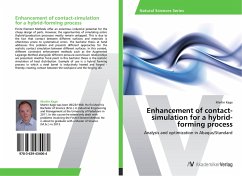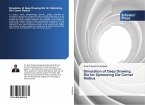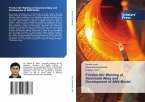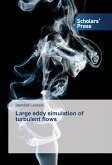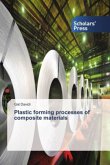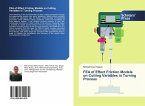Advanced high strength steels (AHSS) have the advantages of combining high strength with enhanced formability. Therefore, they are implemented extensively in automotive applications to improve fuel economy and safety performances. However, several issues such as edge cracking, springback and stretch bending fracture in a tight radius have arisen in manufacturing processes. These problems cannot be accurately predicted by conventional simulation technologies and the forming process trials of AHSS still involve expensive trial-and-error procedures. In this work, simulation technologies have been developed to improve the predictability for AHSS forming. The technologies integrate various aspects of simulation techniques, including development of material models and local formability criteria, calibration with experimental data, and optimisations of simulation method and parameters. Both laboratory and full scale parts have been used to validate the simulation technologies developed.This book is helpful as a reference to the researchers and engineers in the areas of metal forming modelling for steel and automotive industries, especially in AHSS applications.


